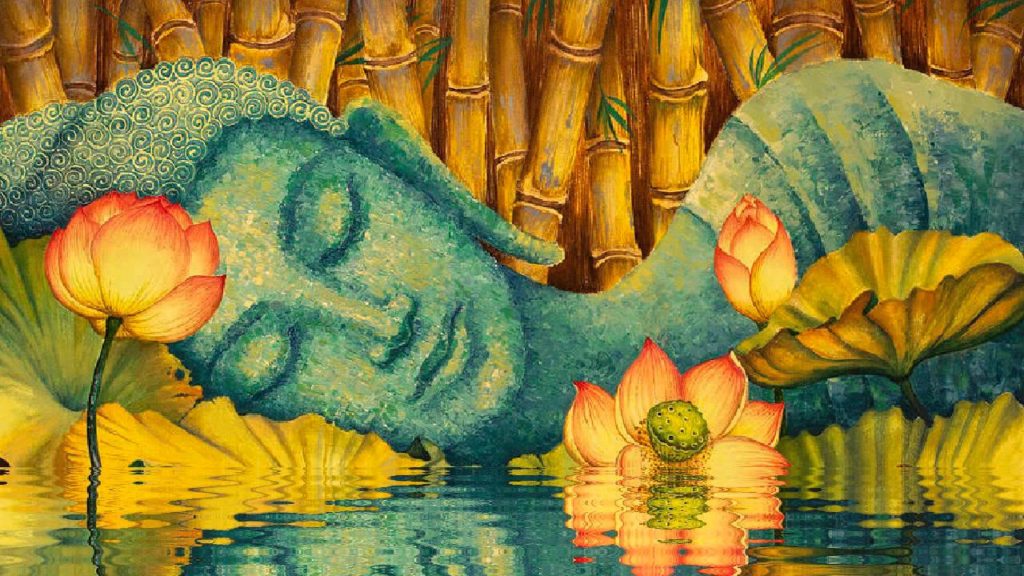
Dalit History Month – Remembering Dhamma Chakra Pravartan Din
Today in Dalit History Month we remember Dhamma Chakra Pravartan Din.
On 14th October 1956, in one of the most towering acts of community protest, healing and self-respect, Babasaheb Ambedkar converted to Buddhism along with 400,000 of his followers.
The decision to declare membership into another religion was long being pondered by Babasaheb. in 1935, in a gathering in Yeola, he declared, ” I may have been considered to be born a Hindu, but I will never die a Hindu!”.
Over the next couple of decades, Babasaheb considered many other religions including Islam, Christianity, Sikhism, Buddhism or a new sect of his own. He had to pick a religion that would protect the present and future needs of his people. He had a few key qualities in mind: absolute equality, rationalism, and Intellectual creativity. Ultimately, he was influenced by Buddhist ideas, understood it to be indigenous to our peoples, and saw its power to battle Brahminism.
In 1956, the plans for the ceremony began. Deekshabhoomi Nagpur was chosen as the location for its history of the “Nagas”, who many Adivasis, Dalits and Bahujans consider to be descendants of. The preparation was made for an ordination ceremony corresponding to monastic ordination, called ‘Dhamma Diksha’. It consisted of two parts.
First, declaring acceptance of the Three Refuges and the Five Precepts of Buddhism. Secondly, taking 22 vows, Babasaheb took the refuges, five precepts, and the 22 vows himself and passed them on as he ordained his followers.
The 22 vows were not “traditional” Buddhist vows. They were vows he had written himself. They were both spiritual and political and had the intention of completely separating the new Buddhists (Navayana) from their old Hindu religion and some older practices of other Buddhisms. In the course of those vows, they explicitly renounced Hinduism. They also renounced a value held key to other sects of Buddhism- rebirth. Rebirth was core to the structure of Caste and in the annihilation of Caste, there was no room for concepts like the rebirth.
Instead, Navayana took a rational, scientific and sociopolitical approach. “What are the teachings of the Buddha?” Babasaheb asked the crowd, ”For us, the key is did the Buddha have a social message? Did he teach justice, love, liberty, equality and fraternity? Could the Buddha answer Karl Marx? These questions have hardly ever been raised in discussing the Buddha’s Dhamma,” he observed. “My answer is that the Buddha does have a social message. And that he answers all these questions.”
This historic day continues to lay its roots into present-day Adivasi, Dalit and Bahujan struggles. The Buddhist movement and spirituality have grown and spread to other states in India. Several more mass re-embracements have occurred since then, each serving hundreds of thousands of the oppressed Castes. In contemporary time, we celebrate October 14th as a day of liberation and a day of re-embracement of what we know to be our original faith. Jai Bhim, Namo Buddhaya
From – Dalit History Month Collective

Dhamma Chakra Pravartan Din



+ There are no comments
Add yours